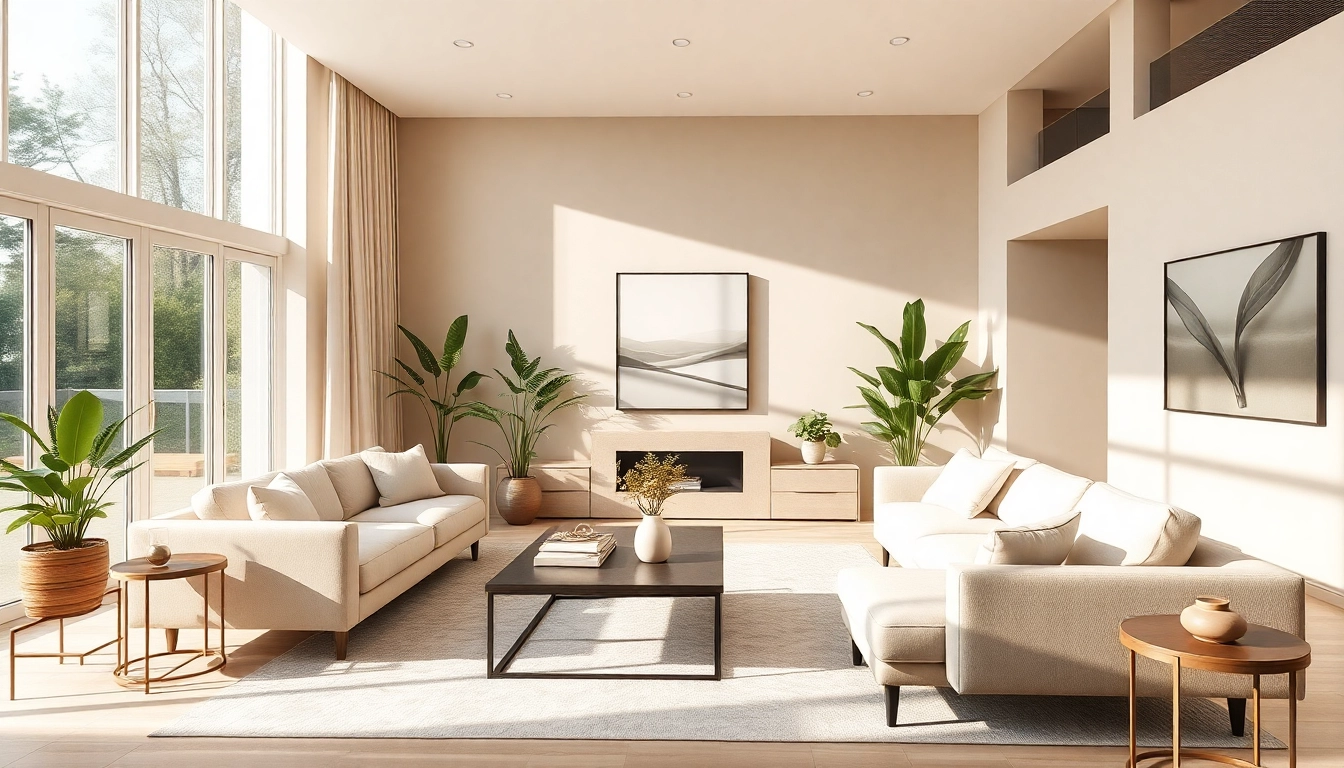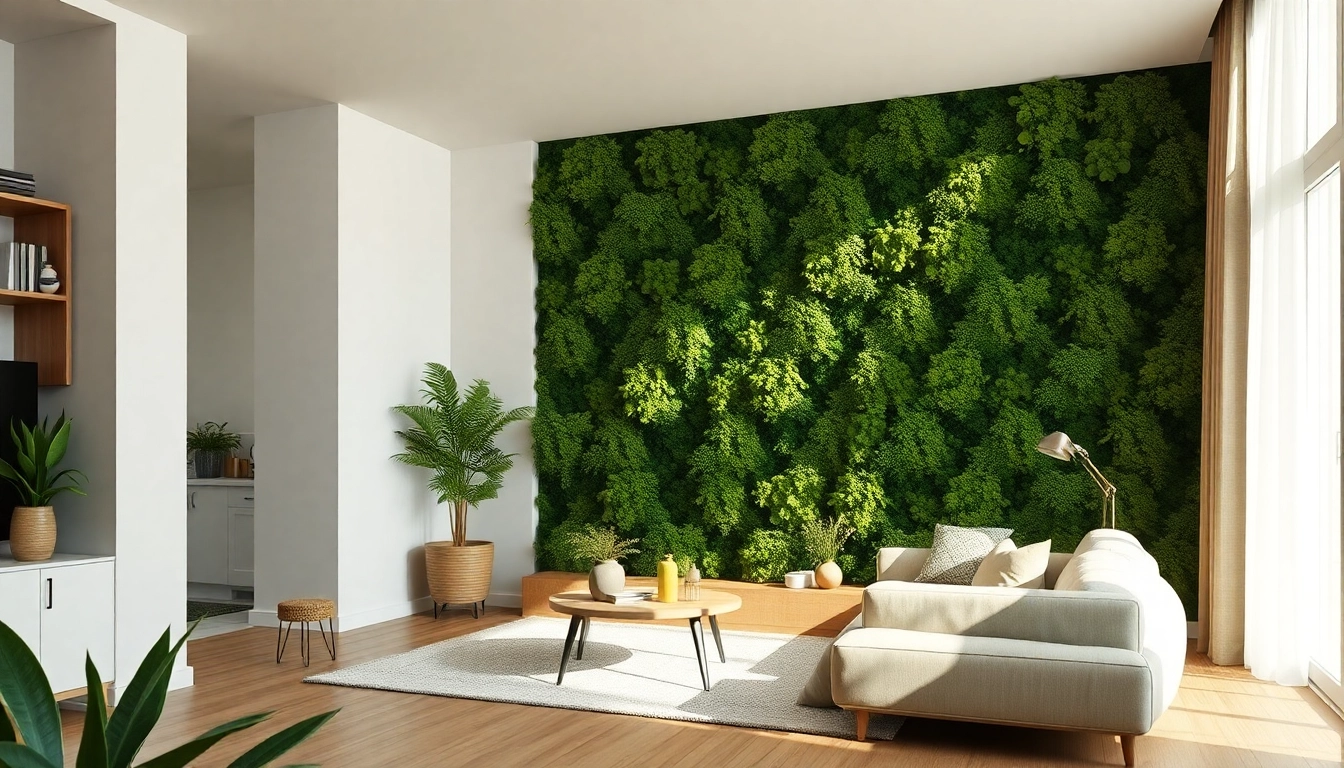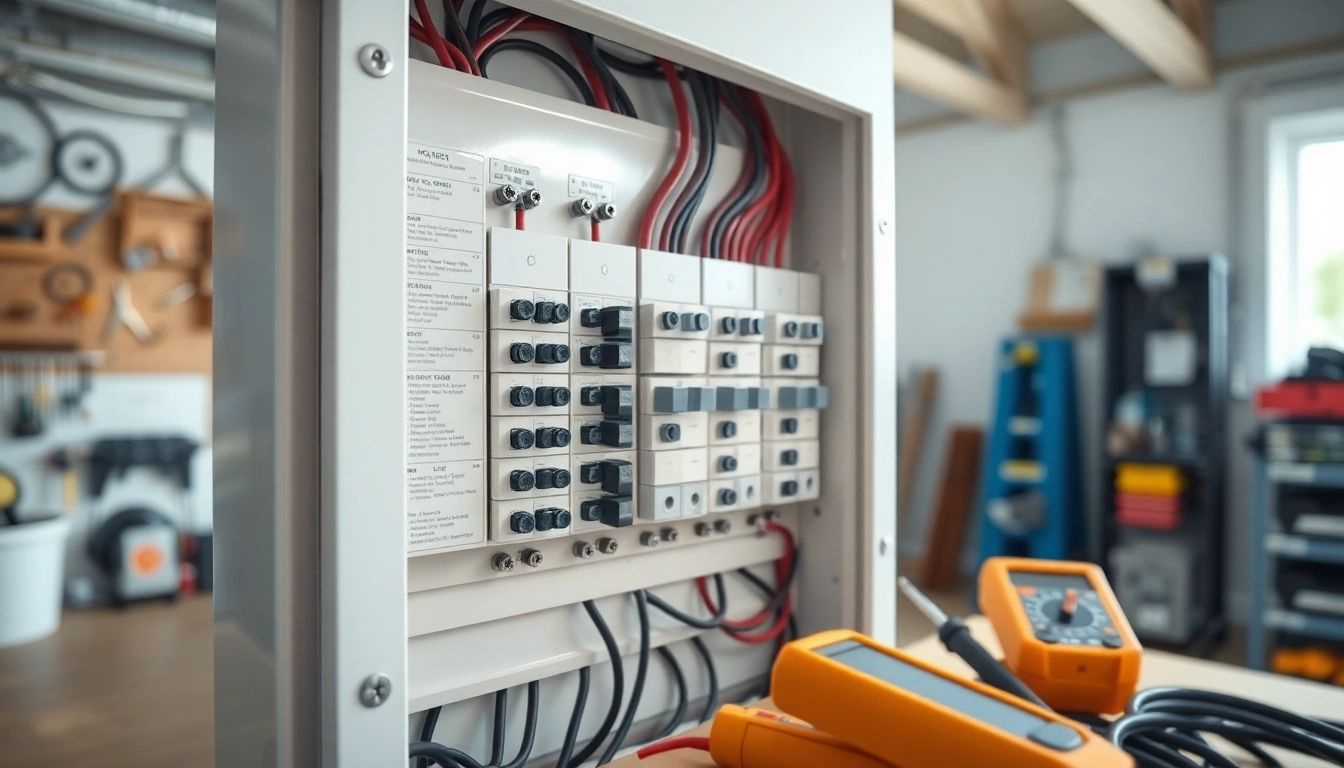Understanding the Entire Interior Concept
Defining Entire Interior Design
Entire interior design encompasses the holistic approach to designing all the interior spaces in a home, ensuring a cohesive aesthetic and functional layout throughout. It requires careful consideration of elements such as color, furniture, lighting, and decor to create a unified environment. This approach acknowledges that every room in a house is interconnected and aims to harmonize the design elements across various spaces.
Importance of Cohesion in Home Spaces
Cohesion in home design is not merely about matching colors and styles; it is about creating a sense of flow and continuity throughout your living space. A harmonious interior can enhance mood, increase functionality, and provide a seamless experience as you move from room to room. By integrating design principles such as alignment, proportion, and balance, you can achieve a visually appealing environment that feels united and purposeful.
Overview of Interior Design Styles
Interior design styles serve as a foundational element in forming the personality and function of a space. Some popular styles include:
- Modern: Characterized by minimalism and functionality, modern design often features clean lines, neutral color palettes, and uncluttered spaces.
- Traditional: Embodying elegance and warmth, traditional design incorporates rich colors, ornate furnishings, and classic decor elements.
- Contemporary: This ever-evolving style combines current trends with modern design principles, focusing on open spaces and natural light.
- Farmhouse: A blend of rustic charm and vintage aesthetics, the farmhouse style emphasizes cozy environments, natural materials, and practicality.
- Industrial: Inspired by old factories, industrial design showcases raw materials, exposed brick, and a minimalist approach.
Planning Your Entire Interior Project
Setting Objectives and Budget
Before embarking on your entire interior design project, it is vital to establish clear objectives and set a realistic budget. Consider what changes you want to make, the overall style you wish to achieve, and how much you can afford to invest. A well-planned budget allows for flexibility while ensuring that you can prioritize essential elements of the redesign.
Conducting Space Assessments
A comprehensive assessment of your space is crucial to understand its current state and potential. Take measurements of each room, evaluate natural light sources, and consider existing features that could enhance or detract from your design vision. This groundwork will inform decisions regarding layout, furniture placement, and color choices.
Creating a Design Mood Board
A mood board serves as a visual representation of your design concept, allowing you to explore various design elements in a cohesive format. Collect images of colors, furniture, textures, and decor that resonate with your desired aesthetic. Utilize tools like Pinterest or design software to assemble your inspiration, helping you visualize how different components will work together in your entire interior.
Color Schemes for Your Entire Interior
Choosing the Right Colors for Each Room
Color selection is pivotal to establishing the mood and character of a space. When designing your entire interior, consider the psychology behind colors:
- Blue: Promotes calmness and tranquility, making it ideal for bedrooms.
- Yellow: Evokes energy and cheerfulness, suitable for kitchens and dining areas.
- Green: Indicates balance and harmony, perfect for living spaces and home offices.
- Red: Stimulates excitement and passion, creating a lively atmosphere in social settings.
When combining colors across rooms, aim for a balance that maintains a cohesive flow while providing unique identities for each space.
Popular Color Combinations
Implementing well-thought-out color combinations can elevate your home’s design significantly. Consider these popular pairings:
- Gray and Yellow: A sophisticated blend that adds warmth to modern interiors.
- Navy and Coral: A vibrant combination ideal for playful spaces.
- Beige and Sage Green: Offers comfort and a natural feel throughout various areas.
- White and Black: Classic high-contrast scheme that provides timeless elegance.
Implementing Accent Colors Effectively
Accent colors breathe life into your design when implemented thoughtfully. Use them to highlight specific features or create visual interest. Consider painting an accent wall in a bold hue, introducing colorful accessories like cushions and artwork, or selecting vibrant furniture pieces. The key is to maintain balance, ensuring that accent colors enhance rather than overpower your overall scheme.
Choosing Furniture and Decor for the Entire Interior
Selecting Functional and Aesthetic Pieces
When choosing furniture for your entire interior, prioritize pieces that blend function with aesthetics. Assess the primary use of each room and select items that accommodate both practical needs and your design vision. For instance, multipurpose furniture like ottomans with storage or extendable dining tables can maximize functionality while adhering to your style.
Layering Textures for Depth and Interest
Texture plays a crucial role in creating visual interest and depth in your design. Layering different materials, such as smooth woods, plush fabrics, and metallic accents, can elevate your space dramatically. Incorporate a variety of textures through rugs, curtains, and decorative pillows to enhance comfort and sophistication in your entire interior.
Incorporating Personal Touches in Your Design
Personalization sets your home apart and imbues it with character. Display cherished artwork, heirlooms, or custom furniture that reflects your taste and experiences. Integrating items that tell your story or evoke memories will create a unique ambiance in your interior, making it feel genuinely your own.
Maintaining Your Entire Interior Design
Routine Cleaning and Care Tips
To keep your entire interior looking fresh and inviting, establish a regular cleaning routine. Dust surfaces weekly, vacuum carpets, and maintain upholstery. Schedule periodic deep cleans for areas like kitchens or bathrooms, ensuring that your design shines through in all its glory. Simple maintenance can extend the lifespan of your furnishings and decor.
Re-evaluating Your Space Over Time
As your lifestyle or preferences change, occasionally reassess your interior’s functionality and aesthetic appeal. Don’t hesitate to make adjustments, whether by swapping out decor items, rearranging furniture, or refreshing paint colors. Such changes can breathe new life into your space and maintain alignment with your evolving taste.
Updating Decor Without Complete Overhaul
Sometimes, small updates yield significant transformations. Consider replacing or reupholstering a few key pieces, introducing new decor items, or changing your wall art. Incorporating seasonal decor can also keep your space feeling current and lively without the need for extensive renovations or redesigns.



